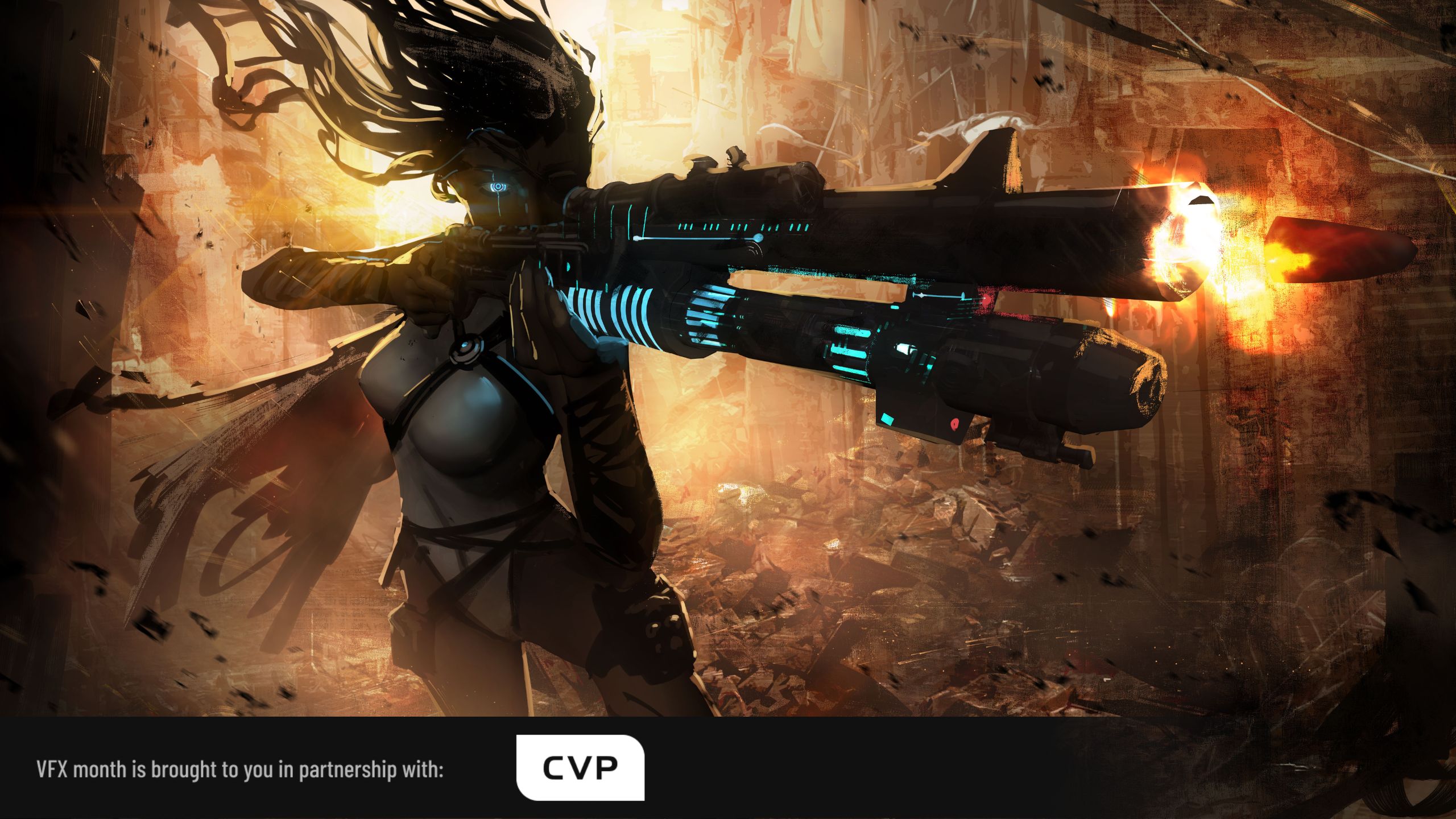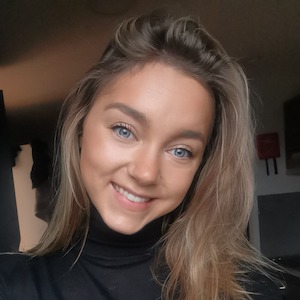
Tigers on boats, massive tsunamis, and explosions on road? From subtle effects to fire explosions, visual effects are everywhere when it comes to filmmaking. What used to be exclusive to blockbuster feature films, is now more common for even smaller remote productions thanks to modern technology. Let’s break down the jargon with a beginner's guide to VFX lingo.
VFX vs SFX
Despite visual effects being special and, special effects being visual, they are two different things. Visual effects (VFX) is the creation of any on-screen imagery that does not exist in real life. VFX allows filmmakers to create environments, objects, creatures, and even people that would be impossible to film in a live-action shot. Everything VFX happens after shooting in post-production.
Special effects (SFX) are added during the production. They refer to on-set visual effects techniques. This can be anything from fake rain to fire or snow. You can also call them ‘practical effects'. SFX includes prosthetic make-up and previously used miniature buildings or settings. For example, Star Wars films used spaceships and planets in the early days.
Here are some good examples of SFX.
What's in a name? Different types of visual effects
VFX studios are packed with VFX supervisors who all have their own specialty when it comes to different visual effects. Let’s have a look at some of the most common ones:
CGI is commonly used these days in filmmaking. Computer-generated imagery is used to describe anything digitally-created VFX. These images can vary from 2D or 3D graphics but are commonly used for 3D VFX. That is why 3D modeling is essential when it comes to VFX. A 3D artist can design objects, surfaces, or creatures - anything that basically doesn’t exist. On the other hand, these effects can be subtle and quite realistic. Let’s say you are filming a football scene in the stadium and you want it to look like it’s full of fans. You do this by adding VFX.
Check out these side-by-side scenes from Avatar.
Compositing combines visual elements from separate sources to appear like they are in the same place. This is a specific visual effect technique that requires filming with a green screen or blue screen that a professional compositor can later replace with another element. This is all done using editing software in post-production. It is also a technique that is starting to be replaced by shooting against LED screens in LED Volumes, allowing actors to perform against, and more realistically interact with, the eventual CGI background.
Keying is a special compositing effect that algorithmically extracts an object from its background and combines it with a different background.
Motion capture or “mocap” is a process where an actor’s movements are recorded digitally and transferred into a computer-generated 3D model. This can include the actor’s facial expressions or body movements often referred to as “performance capture”. You might have seen the behind-the-scenes videos where actors wear a motion-capture suit covered in special markers. This way the camera can track every movement, and transfer it to motion capture software that can map the movement into a 3D skeleton model.
Watch the story of Game of Thrones in VFX.
Volumetric capture is a technique used in a three-dimensional space where you can watch the movements from every position, location, and time you would like. The 3D video can be viewed on various devices, from mobile devices to VR and AR glasses and 3D displays. The final 3D video can be used in Augmented Reality and Virtual Reality as well as in a 2D video.
Texturing is used once your 3D model is created. It adds details from skin texture to every little detail on the surface. You can call these the finishing touches when it comes to VFX.
Pipeline includes everything above. It is the generic term used to describe a set of processes for achieving the final result. The VFX pipeline covers all the processes from pre-production through to post-production and delivery.
Check out this VFX Breakdown of the latest James Bond movie No Time To Die.
Tags: Post & VFX


Comments